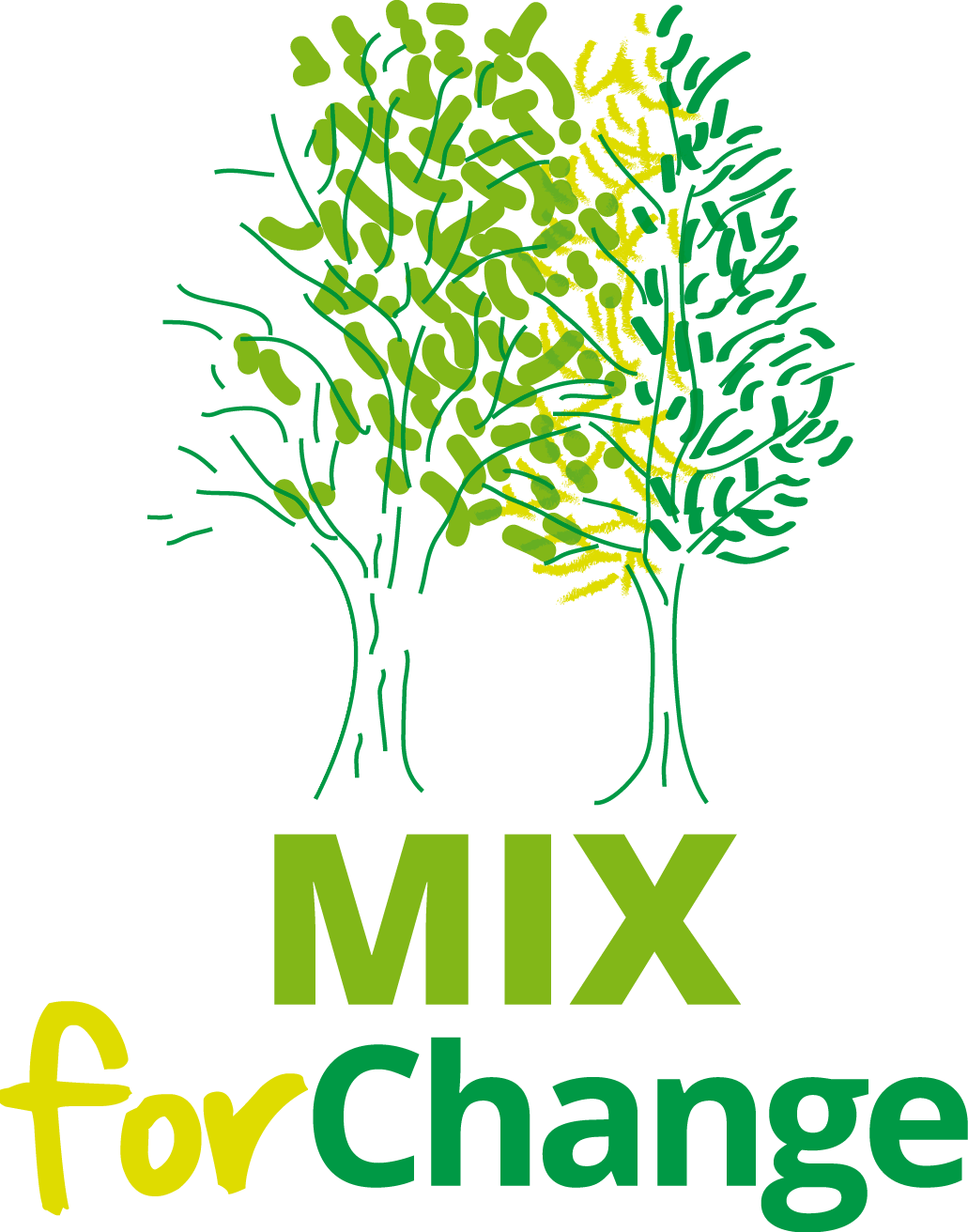During the second semester of 2018 CTFC and CPF prepared this protocol, which aims to facilitate the identification and assessment of standing timber quality and the possible industrial destinations of oaks (Quercus petraea, Q. pubescens, Q. canariensis), ashes (Fraxinus excelsior, F. angustifolia and their hybrids), maples (Acer pseudoplatanus, A. opalus, A. campestre), cherry (Prunus avium) and chestnut (Castanea sativa). It is intended to créate a tool to allow forest owners and practitioners involved in forest management a fast identification and assessment of the potential of a tree, in different stages of development, to produce valuable timber. It is therefore expected to ease the integration of single-tree silviculture principles in the design of silvicultural interventions to produce added value timber products.
The protocol consists of three modules:
- Module 1: identification of the species of interest: it allows identifying, based on their main morphologic features, the species addressed in this protocol, even during the months in which the deciduous species have shed their leaves.
- Module 2: assessment of the timber quality potential of standing trees of small and intermediate size (Diameter classes 10-25/30 cm): the aim is to identify the trees that are most likely to generate added value timber products, in order to promote them through pruning and/or selective thinnings, depending on their status of development.
- Module 3: assessment of the timber quality potential of standing trees of intermediate and large size (Diameter classes over 25/30 cm): the aim is to classify the technological potential of a tree and help deciding whether a silvicultural treatment should be applied to promote it (selective thinning) or fell it.

Example of the sequential key to determine the standing quality of an intermediate or large tree (Module 3; provisional version)
This protocol has been prepared based on official timber quality rules and expert knowledge provided in various meetings, particularly in the Second Meeting of the project Experts Advisory Committee, which took place on 11/12/2018 in Ribes de Freser (Girona province).
During 2019 we will do an on-field assessment of the operability of this protocol, as well as a review of the figures provided through additional expert consultation, in order to edit and disseminate the final version in 2020.

Example of the sequential key to determine the standing quality of a small or intermediate tree (Module 2; provisional version)


